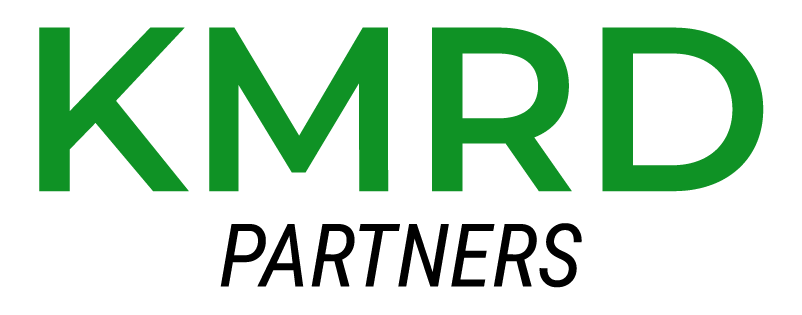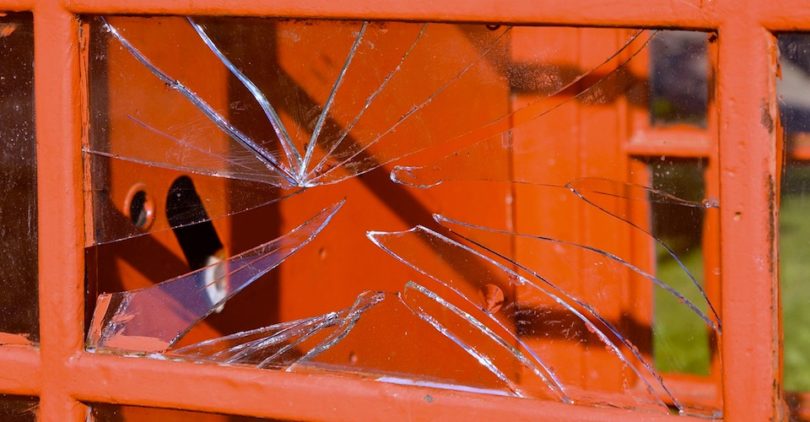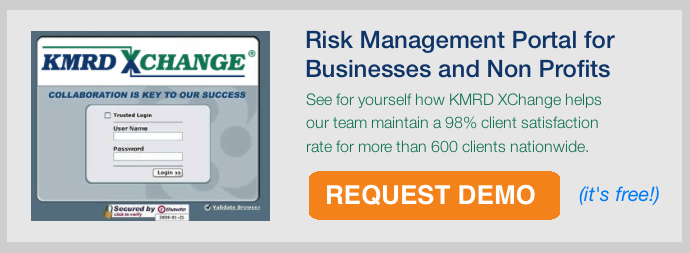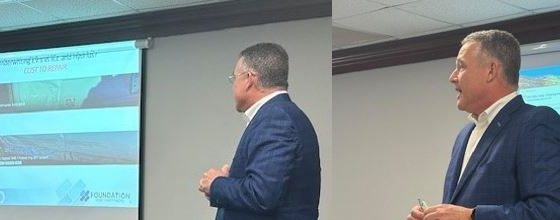Eliminate Workplace Hazards: Five Steps Every Business Should Take
Most risk and insurance professionals know how to recognize and eliminate workplace hazards. As in most things, an ounce of prevention is worth a pound of cure.
Five Steps to Eliminate Workplace Hazards
Step 1 – Know a real hazard when you see one
Before you can identify and eliminate workplace hazards it’s important to recognize the difference between a risk and a hazard. A risk is the likelihood that harm potentially will be realized through an action. For example, you encounter risk each time you climb a ladder, store fuel in a tool shed, or get behind the wheel of a car. A hazard on the other hand is something with the potential to cause physical harm. Three examples are walking across a wet floor, placing an item on a shelf that hasn’t been properly secured, and storing fuel near a furnace.
- Risk is the likelihood that harm potentially will be realized through an action.
- Hazard is something with the potential to cause physical harm.
There are many ways to identify and eliminate workplace hazards. You can walk through building or factory, or around the perimeter, to identify various trouble spots. You can ask staff members to identify all the hazards they are aware of – and you can do this by simply asking everyone in your next meeting, sending out a company-wide questionnaire, or placing a physical (anonymous) suggestion box in a common area.
To learn more about hazards you might want to eliminate, you can ask your peers at professional association meetings and conferences, familiarize yourself with key links in your supply chain, read trade publications, schedule staff workshops, and even hire a team of risk management professionals.
Step 2 – Understand who and how people might be harmed
While potential hazards vary from one company to the next, the most common ones are due to:
- employees on the shop floor, warehouse, or in the office.
- clients visiting your office, walking through your parking lot, or using your products and services.
- employees driving while on company business.
- supply chain link (because of clients, partners, etc.)
Step 3 – Evaluate your hazards and decide on control measures
The next step after identifying hazards is to determine how to protect people who might be harmed. (Of course, the first remedy should be to remove all hazards that reasonably can be eliminated.) When a hazard cannot be entirely eliminated, post warning signs, string warning tape or wall it off. The key is to make every effort to prevent injury.
Step 4 – Record all of your potential hazards
Record findings where they can be easily recovered. When appropriate, share them with members of your organization who could be harmed by these hazards. By documenting how you plan to eliminate hazards or reduce the chances of their occurrence, you have a physical record – hazards identified, decisions made about who could be harmed and a plan in place to eliminate or mitigate these hazards.
Step 5 – Periodically review and update your hazard assessment
Safety is a never-ending challenge, as new hazards continually occur. This is true of the physical workplace, climate patterns, the working condition of machinery and other equipment, new or improved technology, employee skill level and experience, supply chains and clients. Make sure you have a process in place to review and update your real and potential workplace hazards on a continuing basis.
Contact us below and we’ll help you to identify and eliminate workplace hazards at your business.

Bob Dietzel is the Co-Founder and Principal at KMRD Partners Risk & Insurance Solutions, a leading risk management and human capital solutions firm the Philadelphia region.
Contact UsMeet the KMRD Team About KMRD
The content available on or through this e-letter is in no way intended to and shall not be construed to constitute professional medical, health, legal, tax or financial advice. KMRD Partners disclaims any liability or loss in connection with the content contained in this e-letter.
How KMRD Can Help:
KMRD delivers risk management and human capital solutions to over 2000 clients nationwide. Our award-winning team, disciplined approach, proven processes, combined with our risk management portal make KMRD the leading choice to improve general liability protection and reduce the overall cost of risk.
See also: How Liability Insurance Protects Your Business






